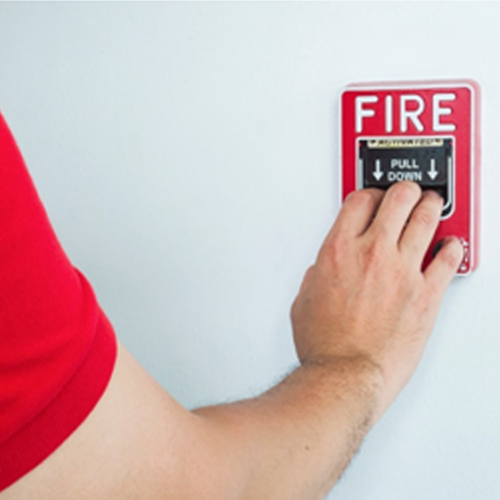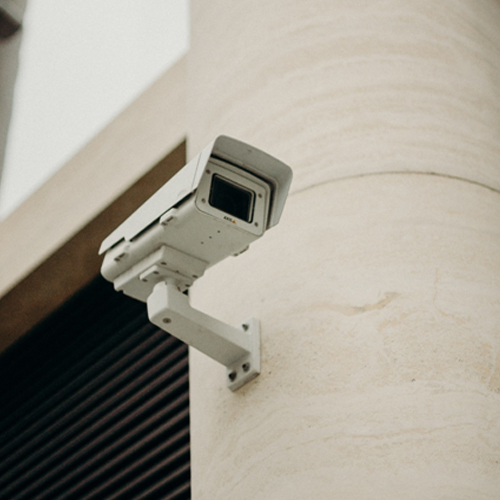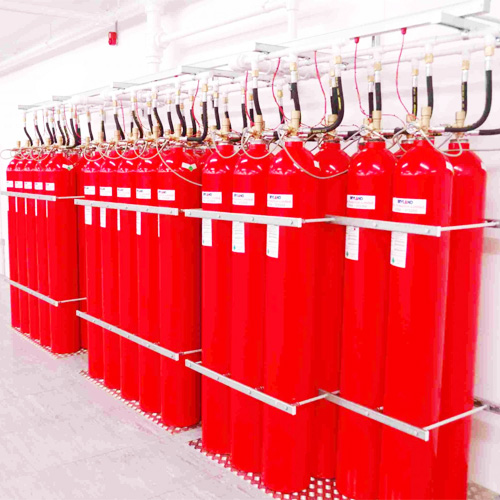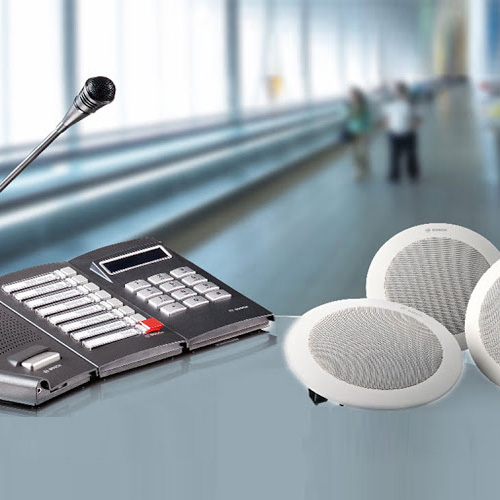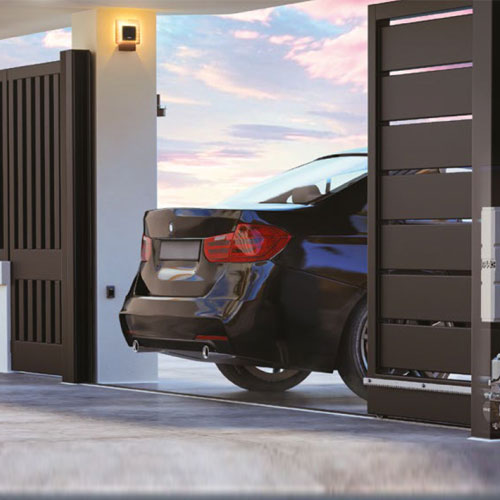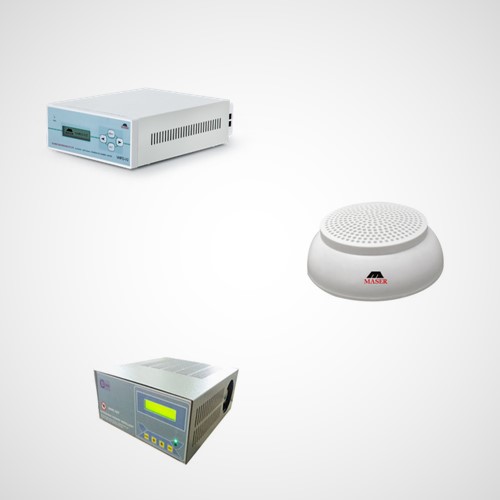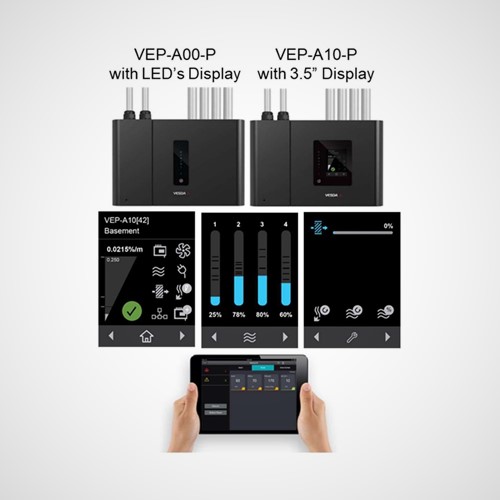Entrance
Control Systems
Being able to monitor and control who can enter and access your facility is a foundational element of entrance control systems. But as security threats have continued to become more sophisticated, it’s important to understand that entrance control and access control are in fact two very different components of your comprehensive security strategy.
Access control is a broad term used to describe the systems that identify users and authenticate their credentials; thereby deciding whether or not the bearer of those credentials is permitted admission to either a physical or logical asset. Both physical and logical access control is centred around regulating who or what can access restricted areas, but logical access control refers to restricting virtual access to data, digital resources and computer networks, where as physical access control restricts actual pedestrian traffic to buildings, rooms and other tangible assets.
If access control verifies authorized personnel using their credentials their face, fingerprints, PIN number, proximity card, etc. and decides whether or not they are permitted access, entrance control is the system which enforces that decision, by either opening to allow users to cross a threshold, or remaining closed to bar entry and potentially raising an alarm.
There are various types of Entrance Controls systems in the offering solving different problems at different places in and around the facility campus. They are :
- Automatic Vehicle Boom Barriers
- Automatic Gate Systems
- Perimeter Protection Bollards
- Automatic Door Systems
- Automatic Pedestrian Barriers
A boom barrier is a bar, or pole pivoted to allow the boom to block vehicular access through a controlled point.They are required to allow or deny access to a facility. They are used for temporary traffic control and to keep vehicles and transport systems in a managed way. They can be operated through push button, remote control, RFID tags / RFID reader etc. They are typically found at toll booths, parking facilities, checkpoints and entrances to restricted areas.
Automatic
Vehicle Boom Barriers
Security
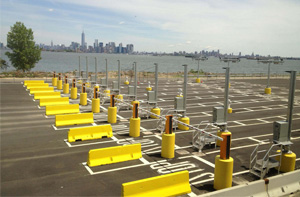
Automatic
Gate Systems
Convenience combined with technology is the best thing that anyone could ask for and gate automation is one such perfect example. Automatic gate systems allow users to enter and exit the premises in a safe and secure manner without manually opening the gates. These are ideal for residential, commercial and industrial properties and can be controlled through RFID systems & remotes. The users can opt choose between a sliding gate and a swing gate based on the architectural suitability and requirements.
Security

Security
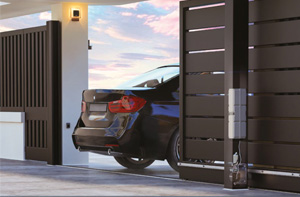
Security bollards act as both a physical and visual barrier. They are varied in their shapes, sizes, and designs. Bollards and security barriers protect lives and property by creating a controlled traffic setting. Security Bollards are aesthetically pleasing and allow pedestrians to move between bollards in non roadway applications.
Perimeter
Protection Bollards
Security
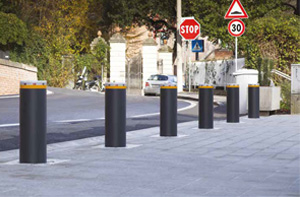
Automatic
Door Systems
Automatic Door Systems are systems that power doors to open automatically, usually by sensing an approaching person or gets opened when given an open command through card access control systems. These automatic door systems ensure comfortable and safe access to your building, in the façade and also inside thebuilding.
Security
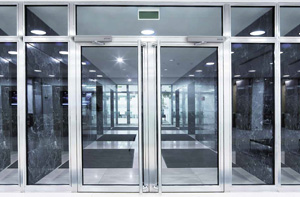
Security
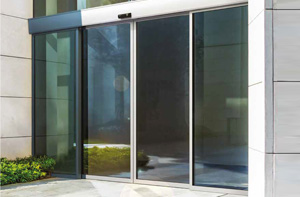
Pedestrian Barriers are a form of system which allows movement of people in a controlled manner. It can also be made so as to enforce one way human traffic, and in addition, it can restrict passage only to people who has valid access / tickets / coins for entry. Thus a pedestrian barriers can be used in the case of paid access (sometimes called a faregate or ticket barrier when used for this purpose), for example to access public transport, or to restrict access to authorized people, for example in the lobby of an office building.
Automatic
Pedestrian Barriers
Security
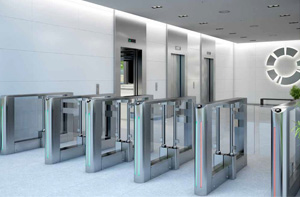
Our Brand
Partners




